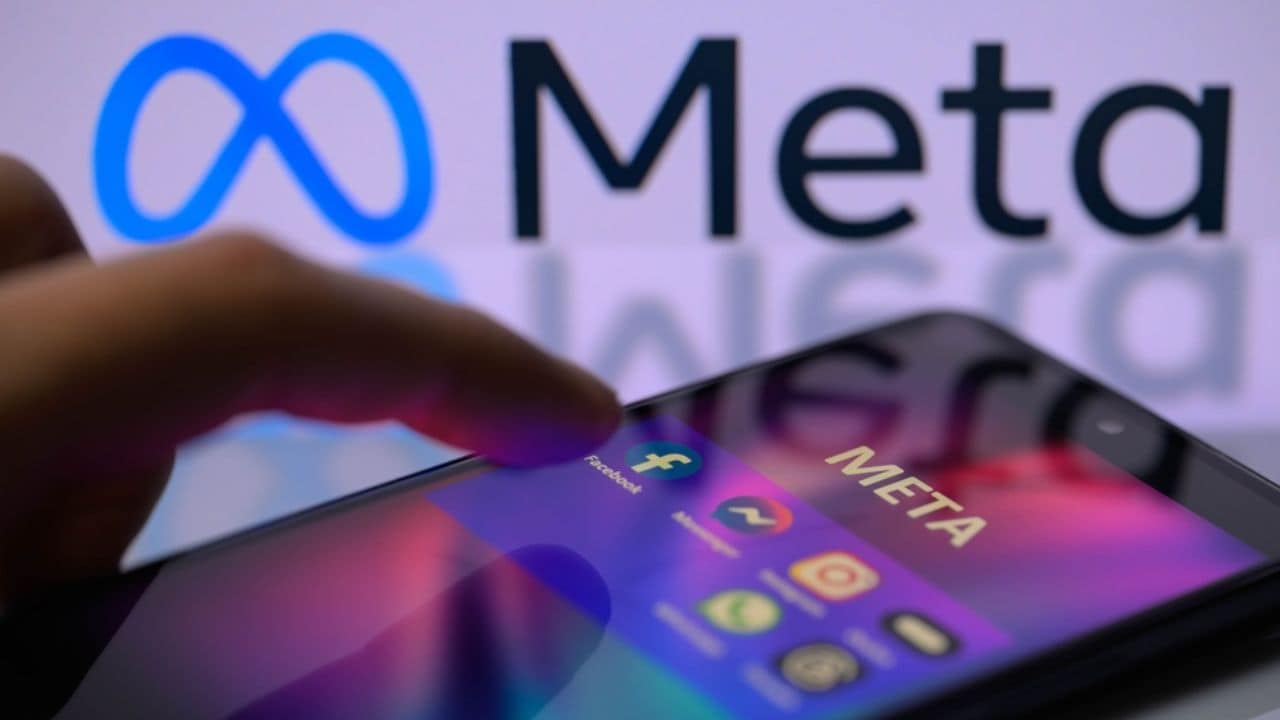Convenience at 2 a.m., anonymity without judgment, lower cost, and a brutal shortage of human therapists. These forces make artificial-intelligence counselling a natural fit for Gen Z. Surveys show that
this generation is the most willing to try digital mental-health tools.
In India, more than half of young adults say they would consider AI-generated therapy, far higher than in the U.S. or Europe. Add India’s massive therapist gap, fewer than one psychiatrist for every 100,000 people and the draw of an on-demand digital listener is obvious.
What the Research Shows
Evidence is growing that AI therapy can help, at least for mild to moderate concerns. A 2023 meta-analysis of conversational AI agents covering dozens of studies, including randomized controlled trials, found significant reductions in symptoms of depression and psychological distress.
These tools performed best when built into familiar channels like messaging apps and when designed for specific clinical or subclinical groups, including older adults.
The first randomized clinical trial of a fully generative AI therapy chatbot reported striking results: participants experienced a drop of more than 50 percent in depressive symptoms and roughly 30 percent in anxiety symptoms compared with control groups.
Qualitative studies with real users echo this – high engagement, easier emotional disclosure, and relief for everyday stress or low-grade anxiety. In other words, AI therapy can nudge the needle for common mental-health struggles, particularly in the short term.
Where the Evidence Is Thin
Long-term outcomes remain uncertain. Most trials last only weeks or a few months, so researchers don’t yet know whether benefits hold up over years or after repeated use. Crisis management is another weak spot.
Independent evaluations show that many bots stumble when faced with suicidal ideation or acute panic, sometimes offering inappropriate or even harmful replies. Bias and misinformation are real risks.
Large language models can generate plausible but wrong answers or reflect hidden biases from their training data. Cultural nuance is another challenge: advice that feels comforting in one country may miss the mark or even offend in another. Regulators and academics alike warn that AI tools should complement, not replace, professional care.
Why the India Context Matters
The upside for India is huge. An app that speaks multiple Indian languages, is available 24/7, and costs little could help close the country’s treatment gap. But localization is critical. Tools must work in regional languages, reflect local family structures and social norms, and protect sensitive data in a country where privacy rules are still evolving.
The need is urgent: most Indians with mental-health issues never see a professional, and stigma keeps many from even trying. AI therapy could provide a bridge, if it’s built with cultural awareness and strong safeguards.
What Gen Z Finds Attractive
Three features make AI therapy especially appealing to young users:
- Always On: There’s no waiting list or appointment. You can open the app and talk any time, even in the middle of the night.
- Low Stigma, High Anonymity: A chatbot won’t judge or gossip. That makes it easier to share secrets or taboo topics.
- Affordable and Accessible: Many services are free or low cost, a major plus for students or early-career professionals.
These strengths explain why many young people report feeling less anxious after even brief interactions with AI counsellors.
What to Keep in Check
- Know the Scope
AI therapy is best for stress management, mood tracking, and cognitive-behavioural exercises. It is not a substitute for trauma treatment, severe depression, psychosis, or emergencies. Have a plan for human help if symptoms escalate. - Look for Evidence and Transparency
Use tools backed by published trials or at least clear methods and safety guidelines. If the developer won’t share how the system works or how it was tested, skip it. - Crisis Protocols Are Essential
Check whether the app detects crisis language and provides hotline numbers or escalation to a human responder. If it doesn’t clearly state its crisis plan, that’s a red flag. - Protect Your Data
Read the privacy policy carefully. Are your conversations encrypted? Can you delete your records? Are they sold to advertisers? Mental-health data is among the most sensitive information you can share. - Check Cultural and Language Fit
Advice that ignores cultural context can feel irrelevant or even harmful. Choose services designed for your language and social norms. - Avoid Over-Reliance
Bots can feel comforting, but if you find yourself confiding in AI more than in people, or using it to avoid real-world connections, it’s time to pause. AI should augment, not replace, human relationships. - Keep a Human in the Loop
The best approach is hybrid: use AI for self-help tasks between sessions, but stay connected with a therapist, counsellor, or trusted person who can provide empathy and monitor your progress.
The Bigger Picture
Gen Z didn’t invent mental-health needs; they inherited a world where demand for help far outstrips human supply. AI therapy is one response to that gap. It offers real promise—scaling support, reducing stigma, and reaching people who might otherwise suffer in silence. But it also carries real risks: misinformation, privacy breaches, and the absence of true human empathy.
The technology is neither hero nor villain. Used wisely, it can be a powerful tool for self-care and early intervention. Used recklessly, it could delay or derail the professional help someone truly needs. The challenge and the opportunity is to keep humans firmly in the loop while letting machines do what they do best: provide instant, tireless, and judgment-free support when the first step is simply reaching out.
Note: This explainer draws on a 2023 meta-analysis of AI conversational agents in mental health, the first randomized clinical trial of a generative-AI therapy chatbot, qualitative studies of real-world users, global Gen Z mental-health surveys, and expert warnings from Stanford and other research bodies.









